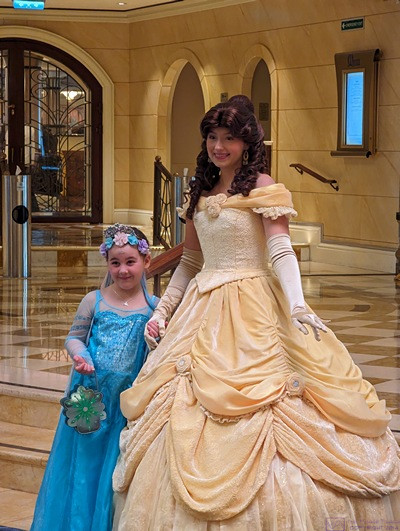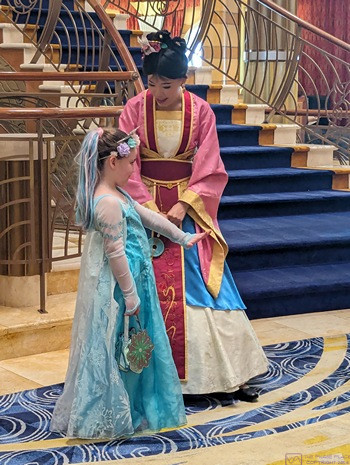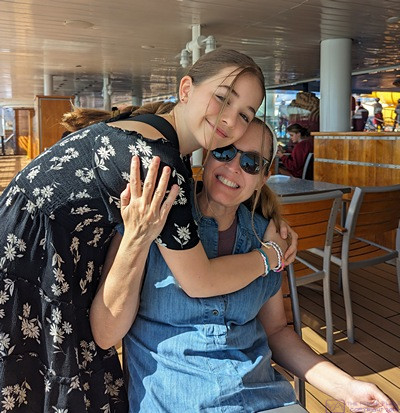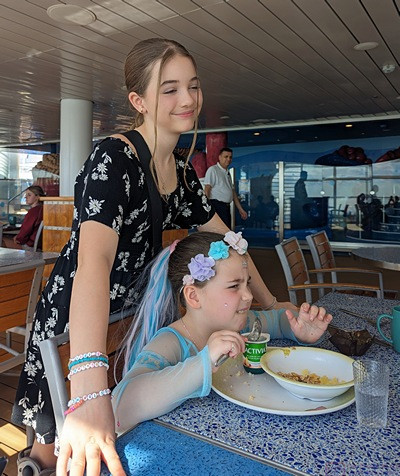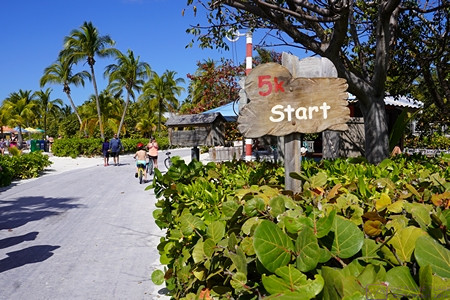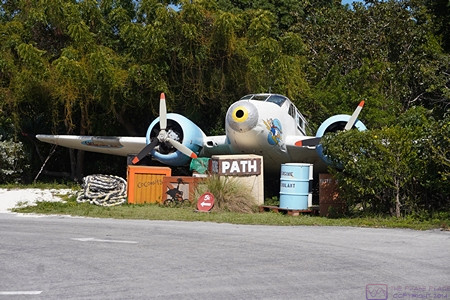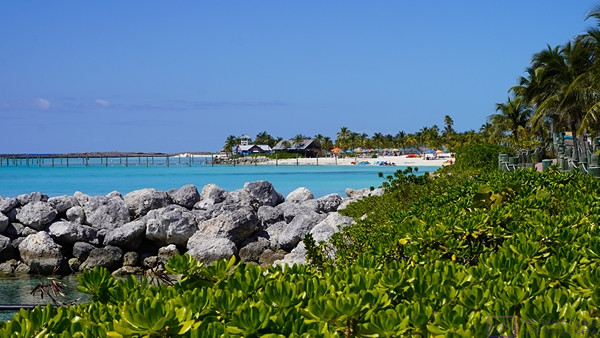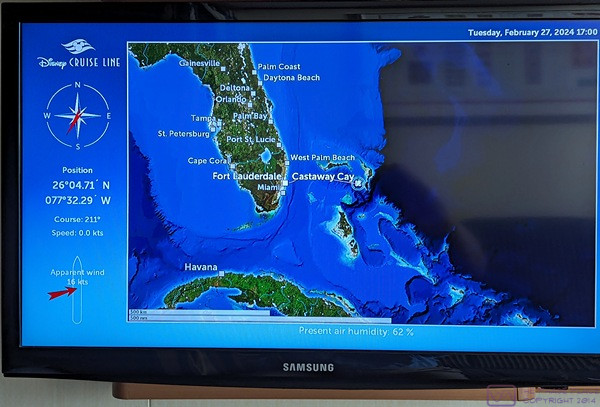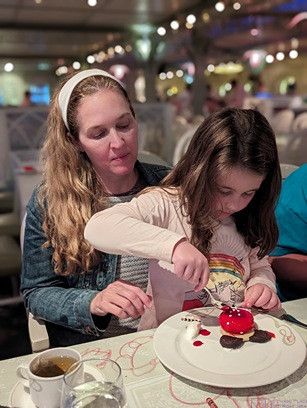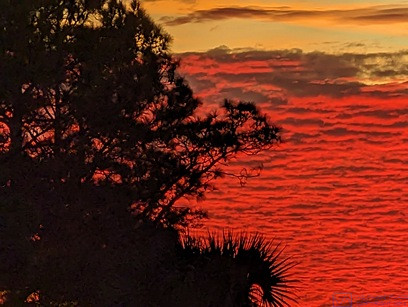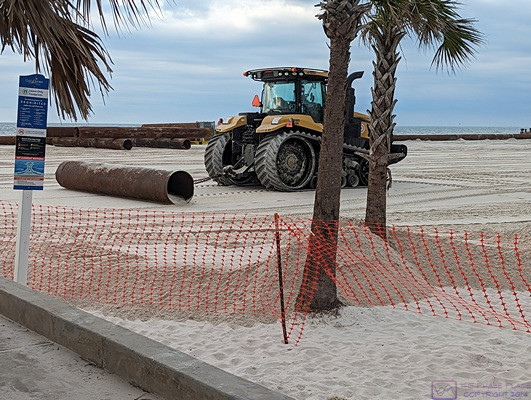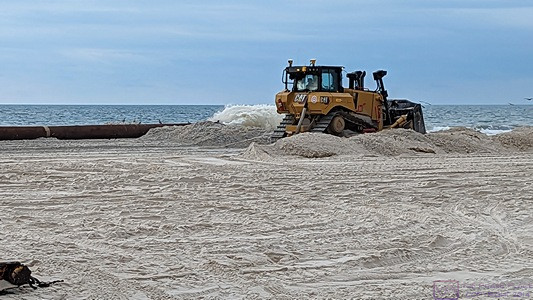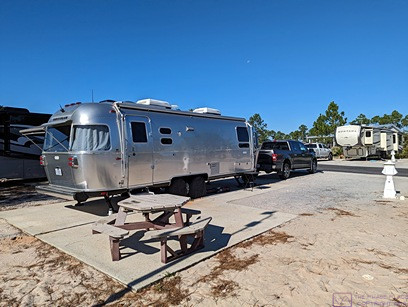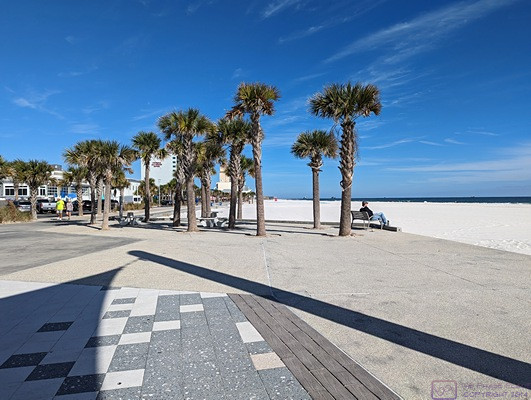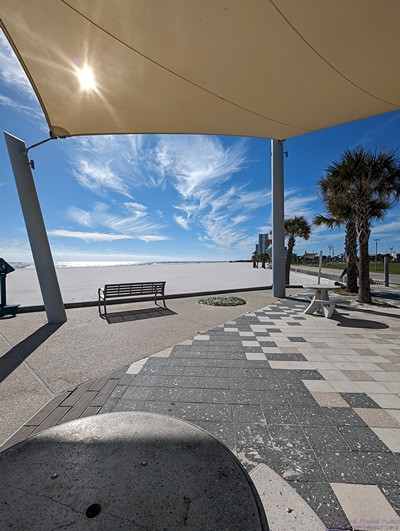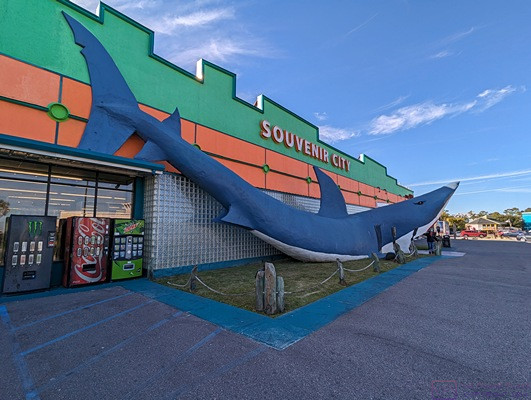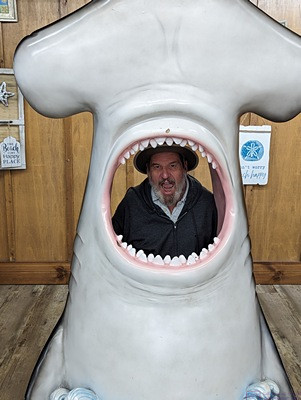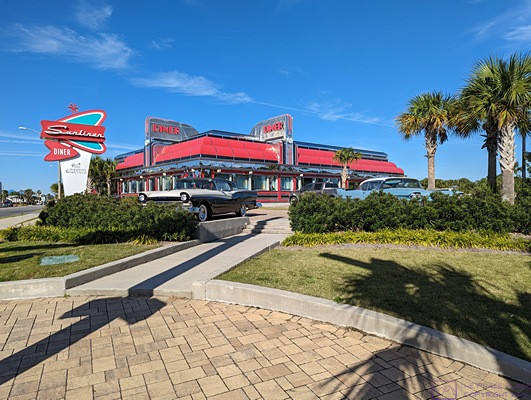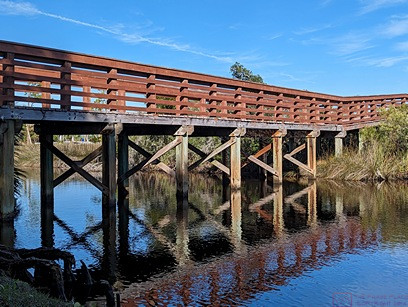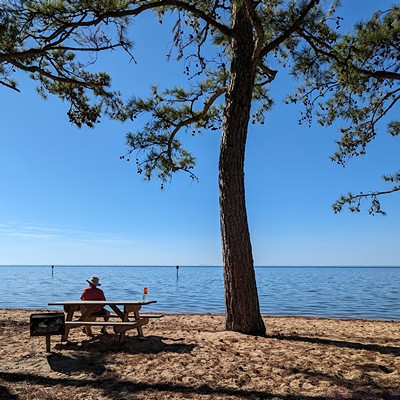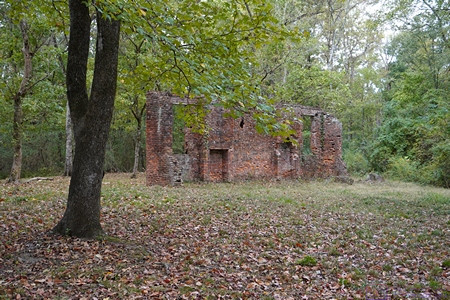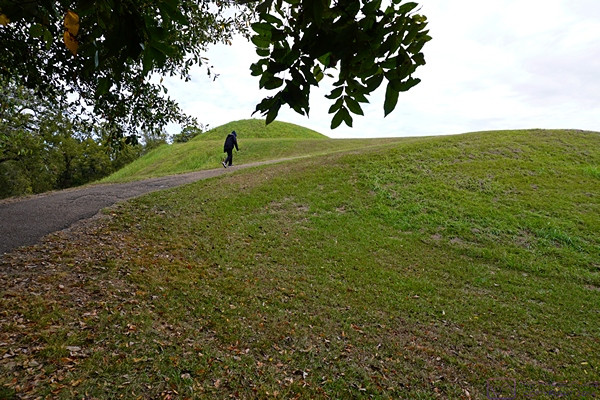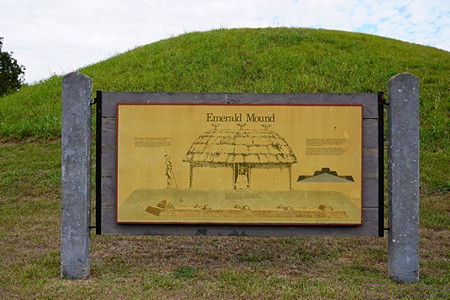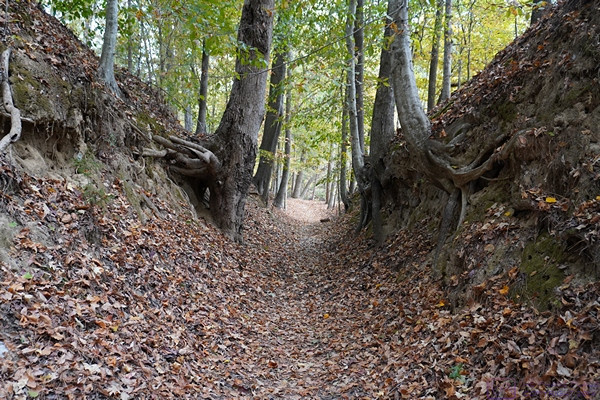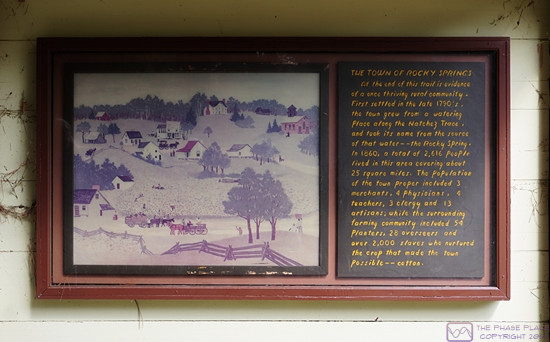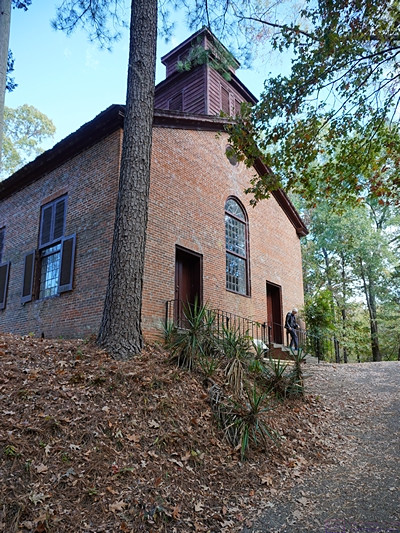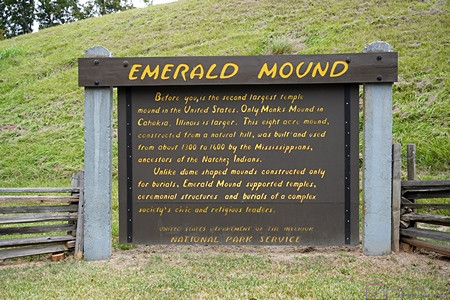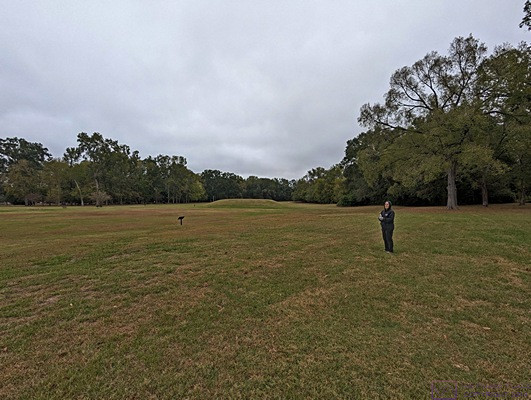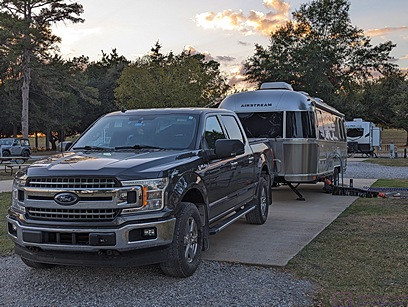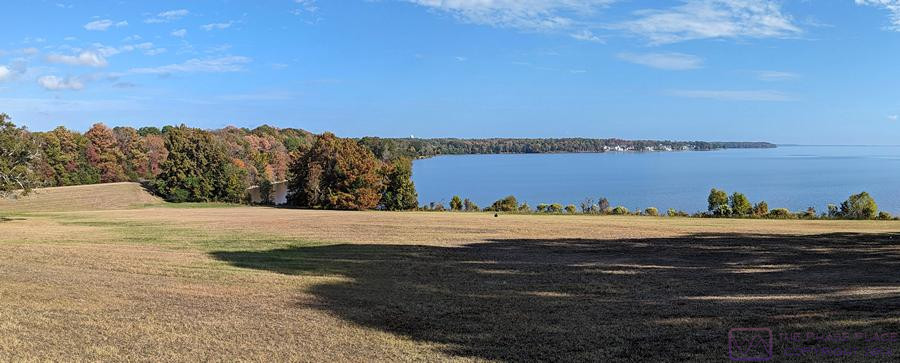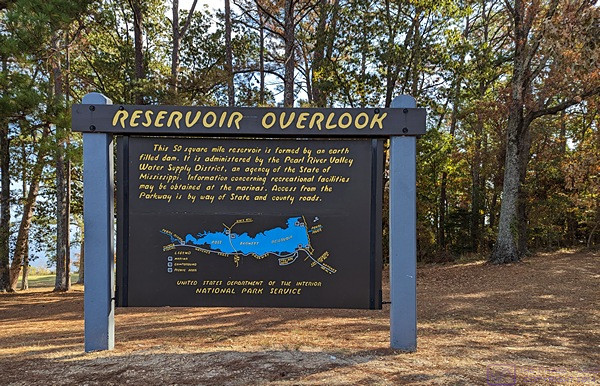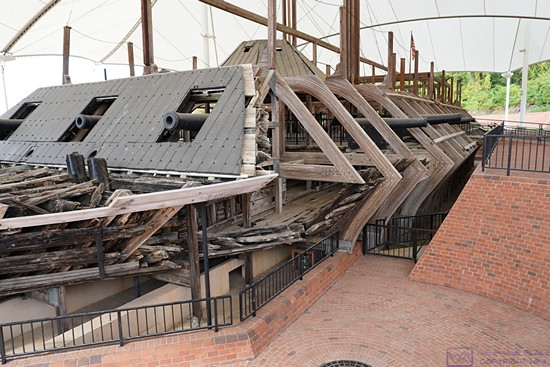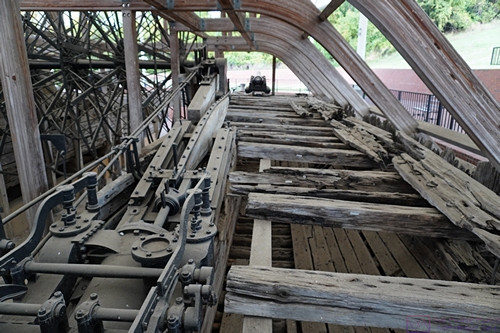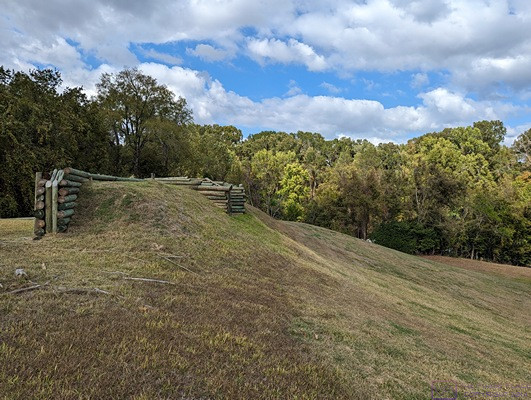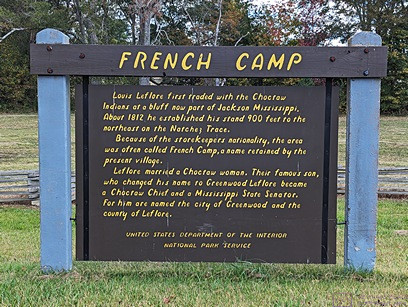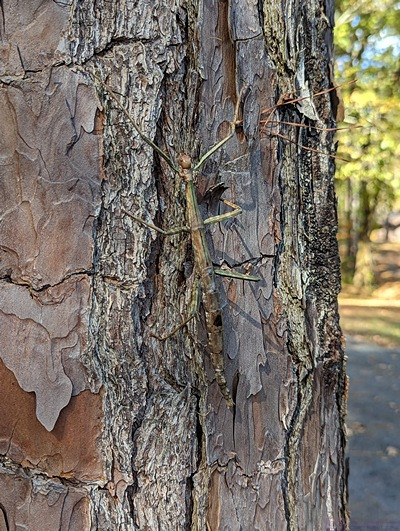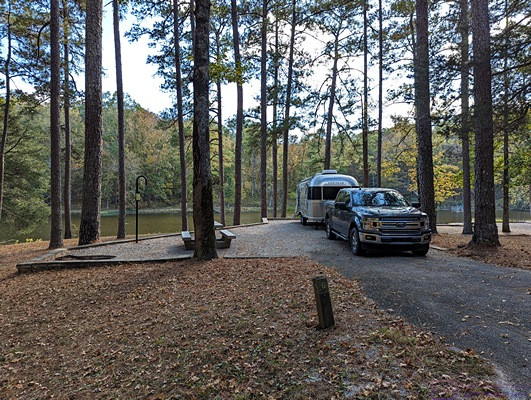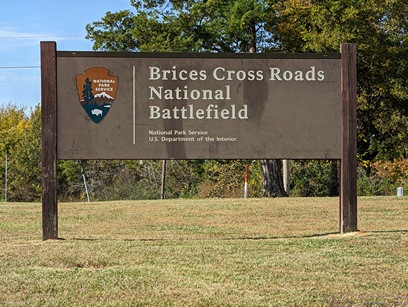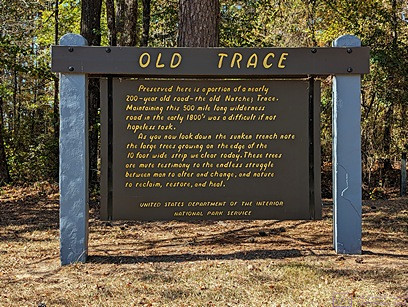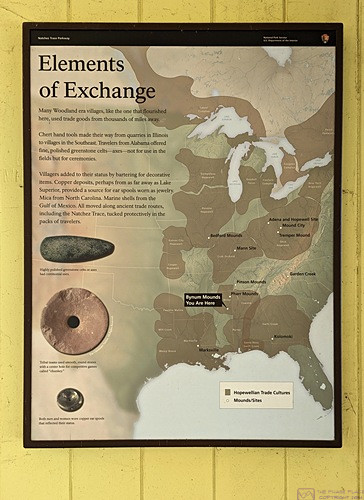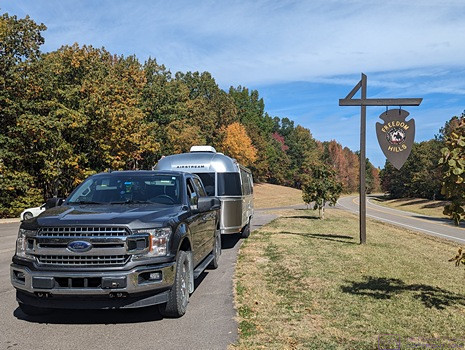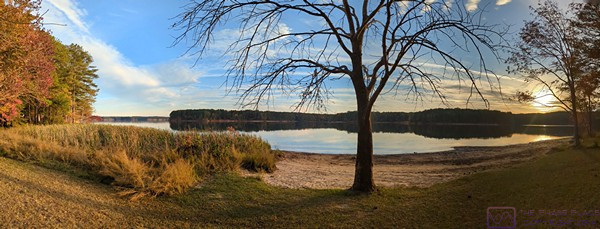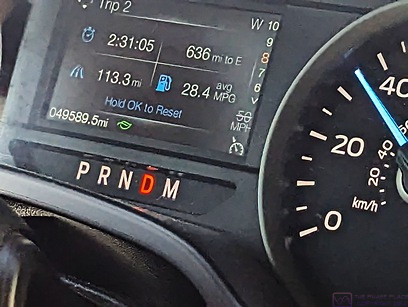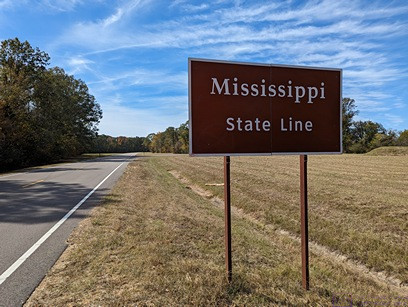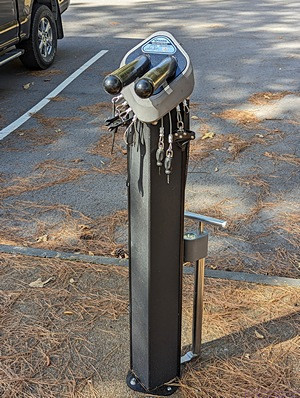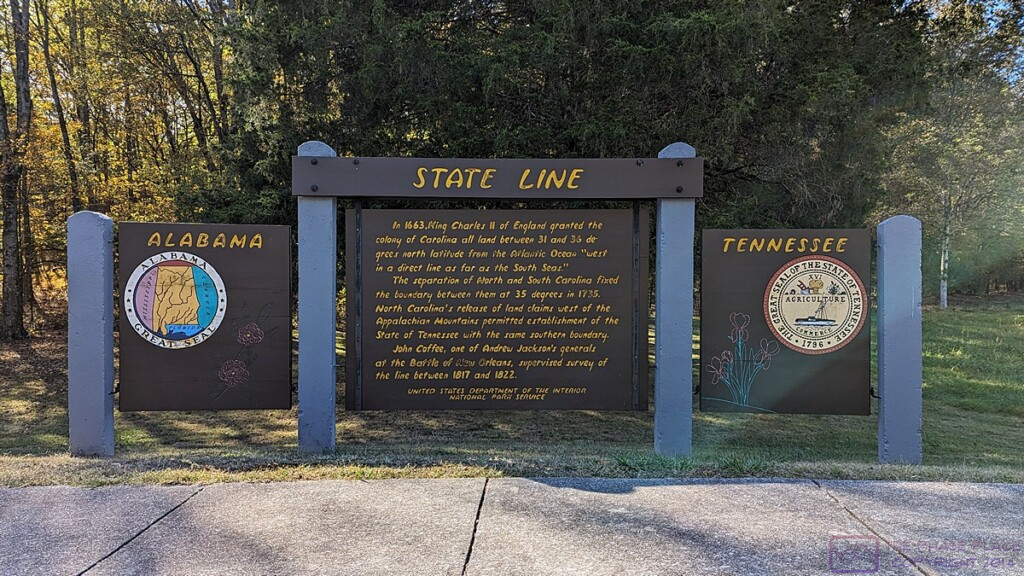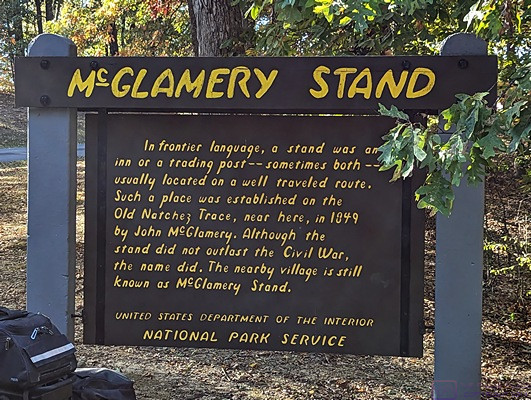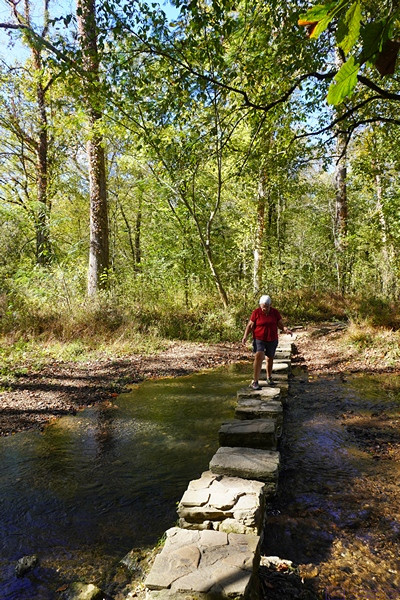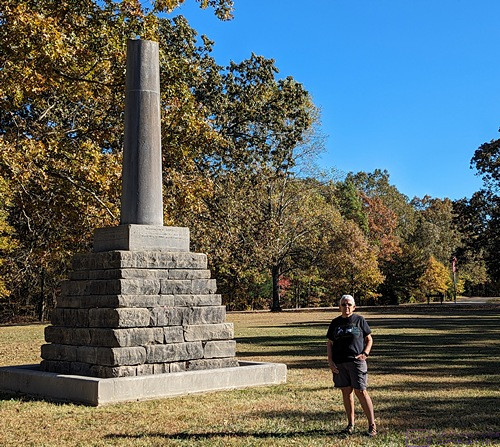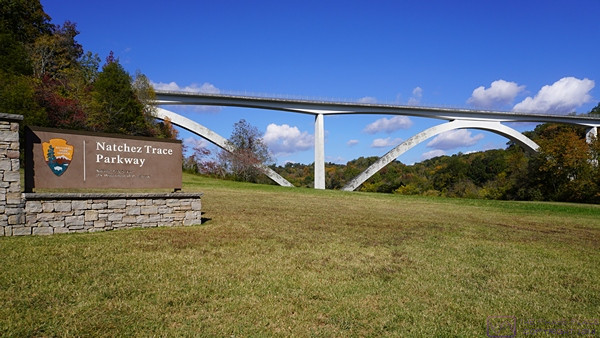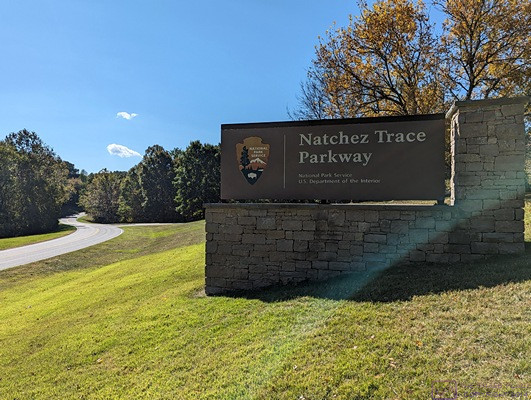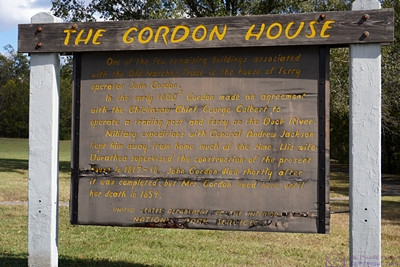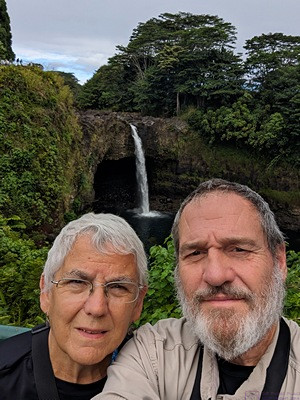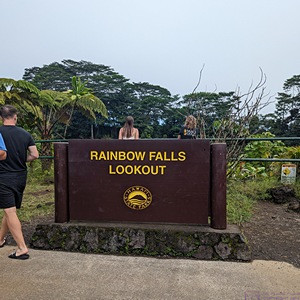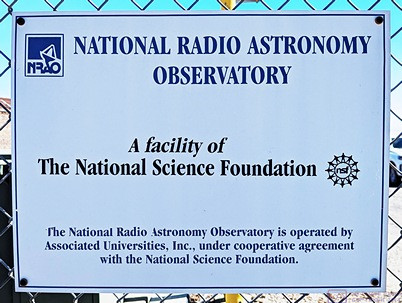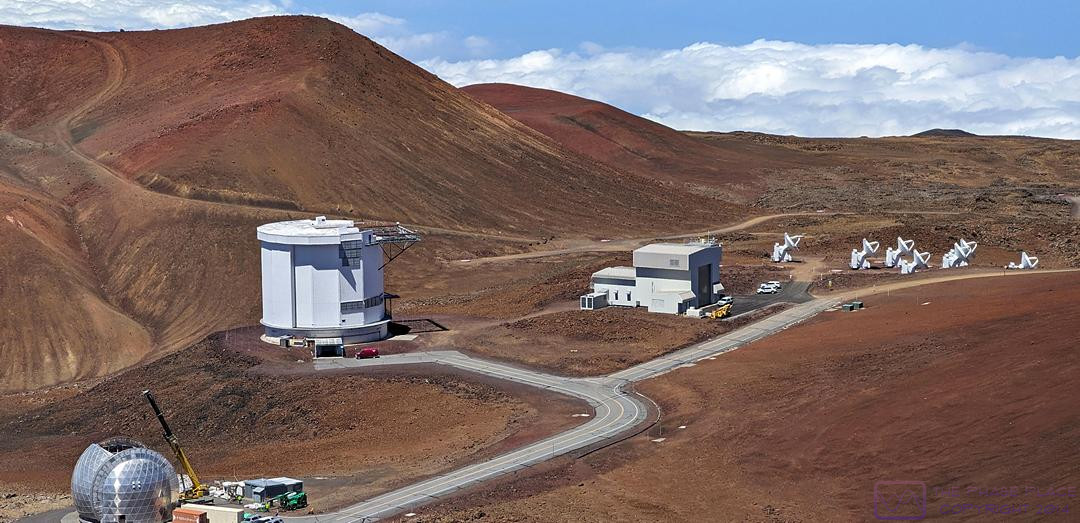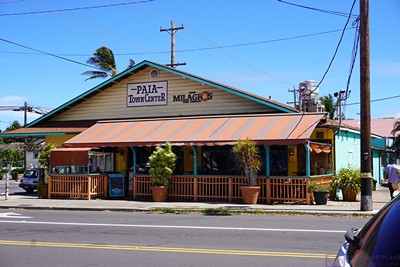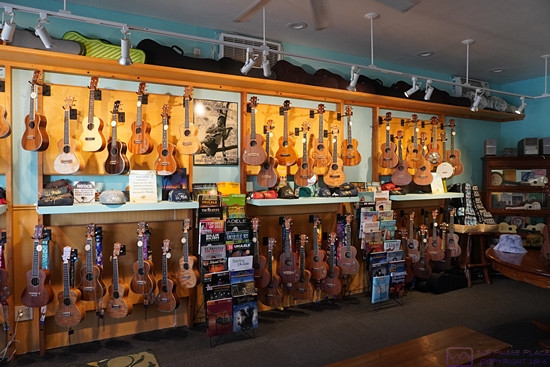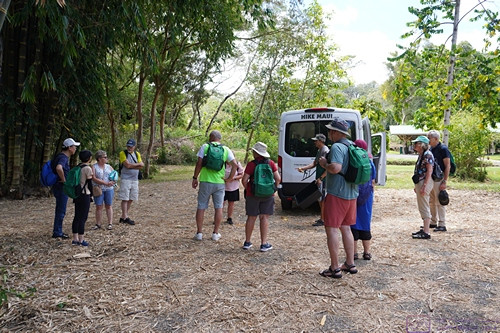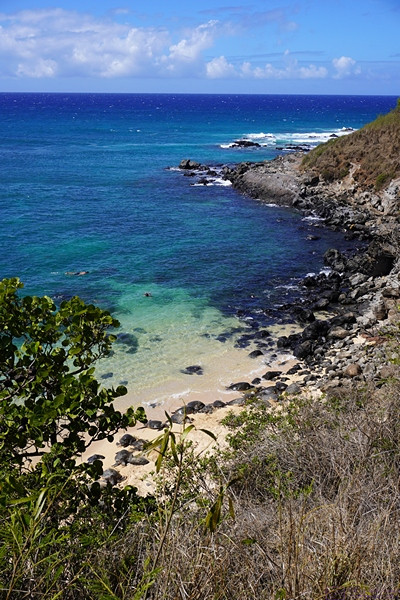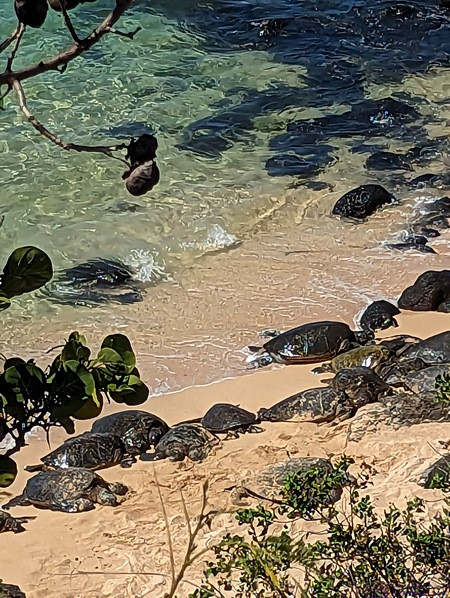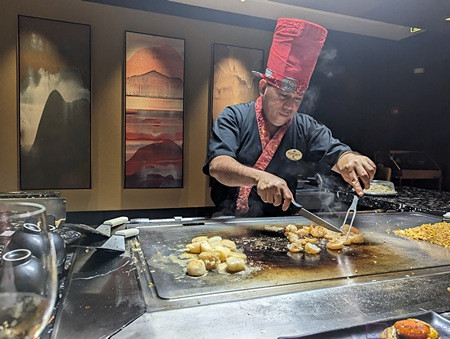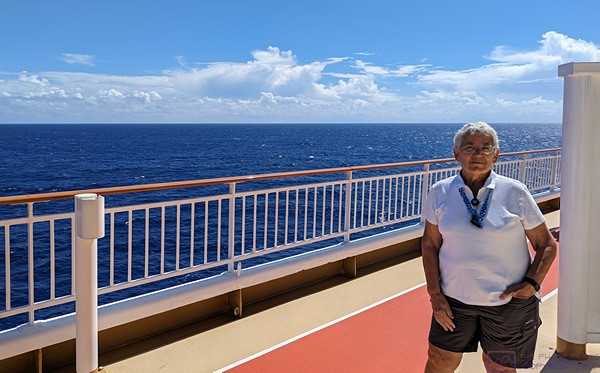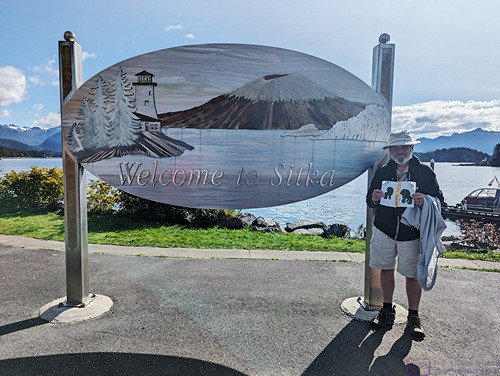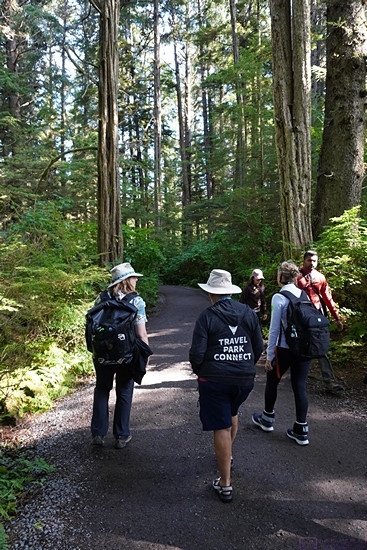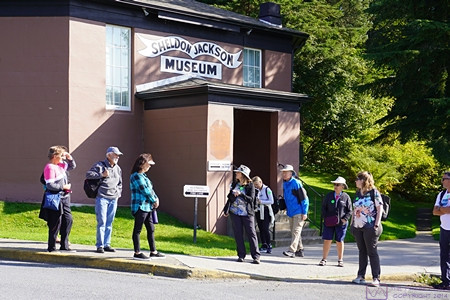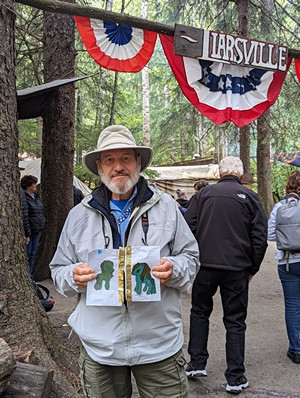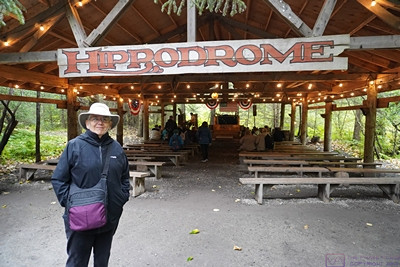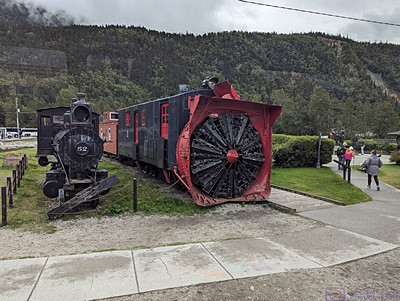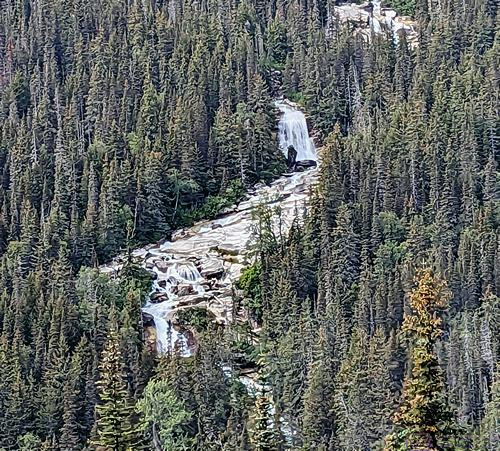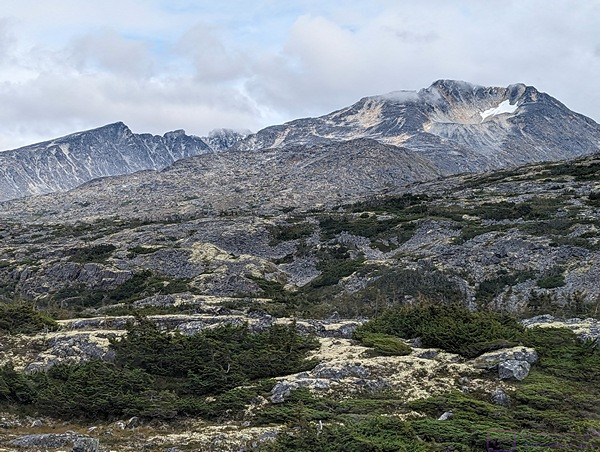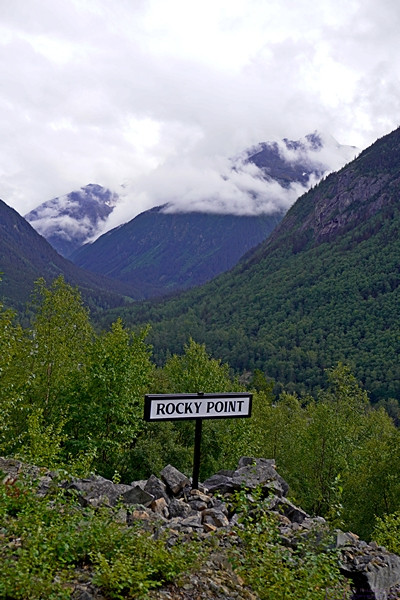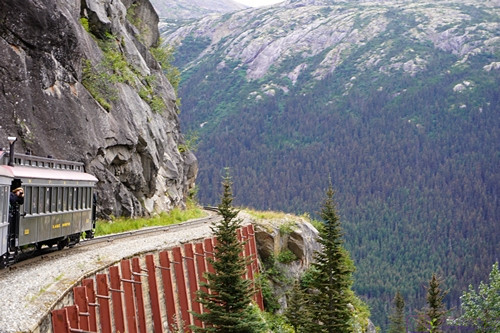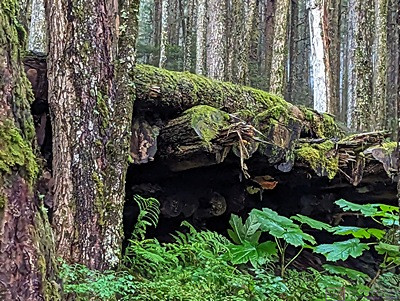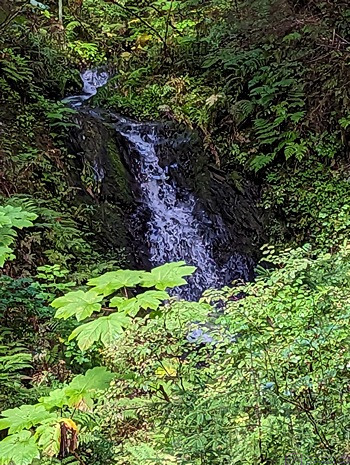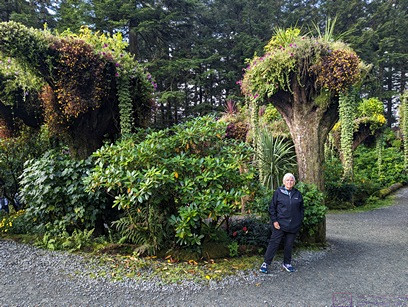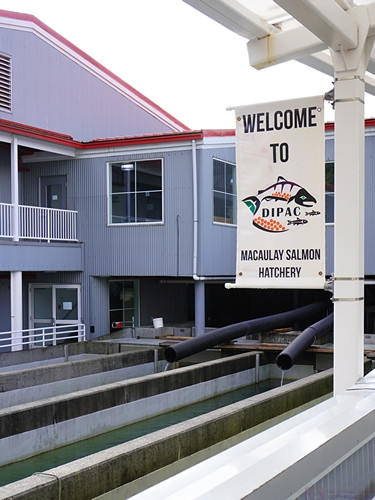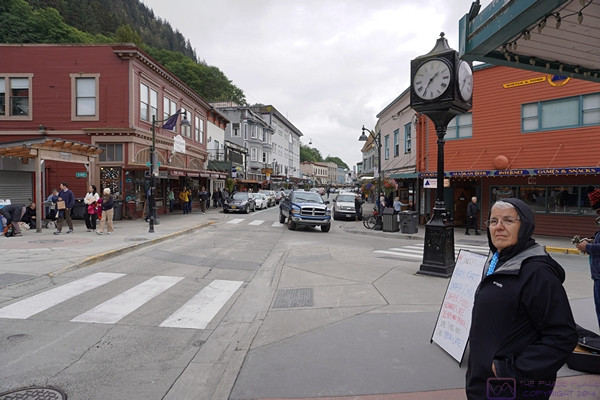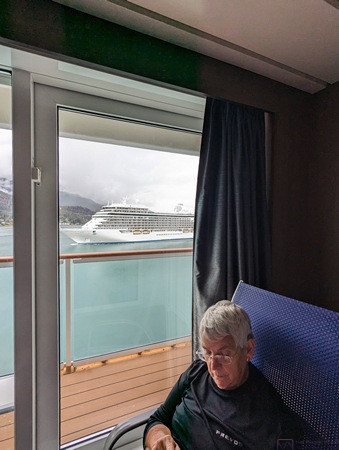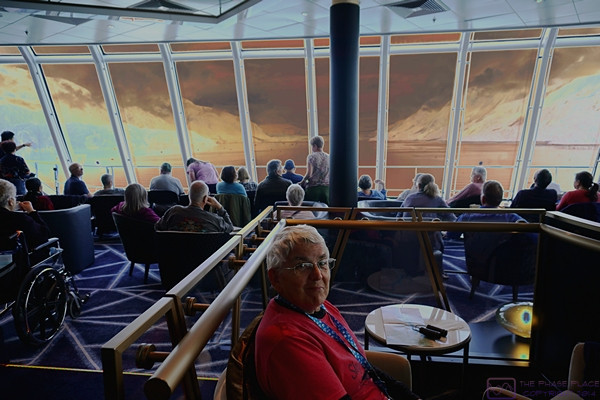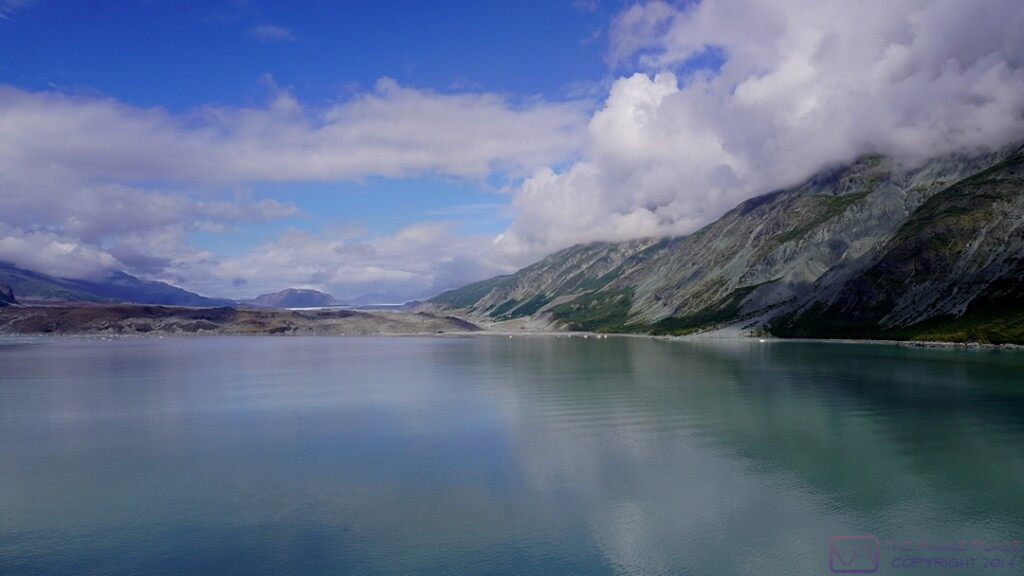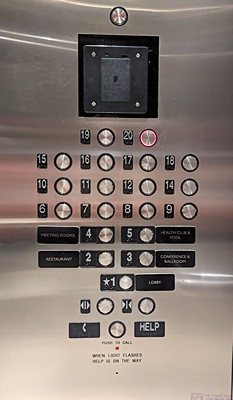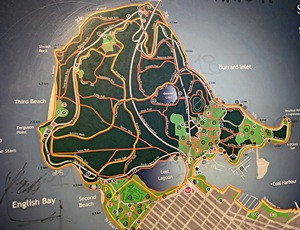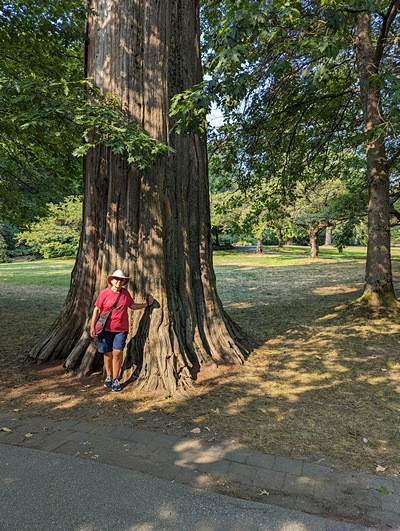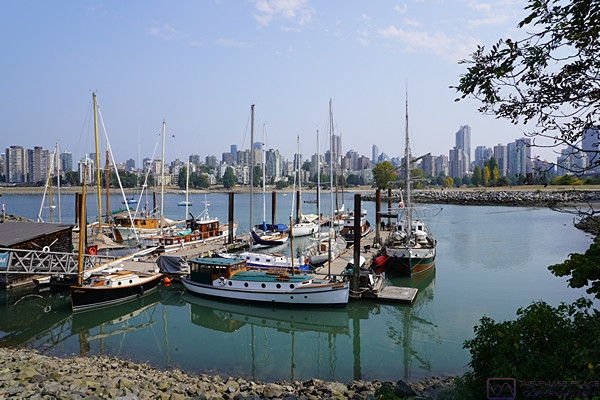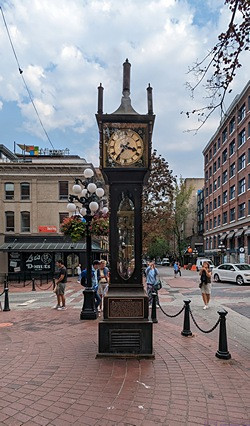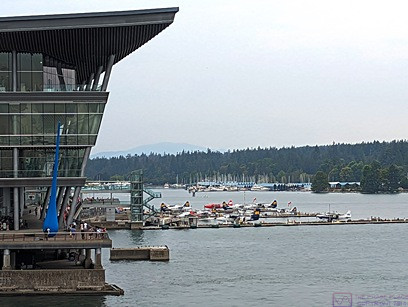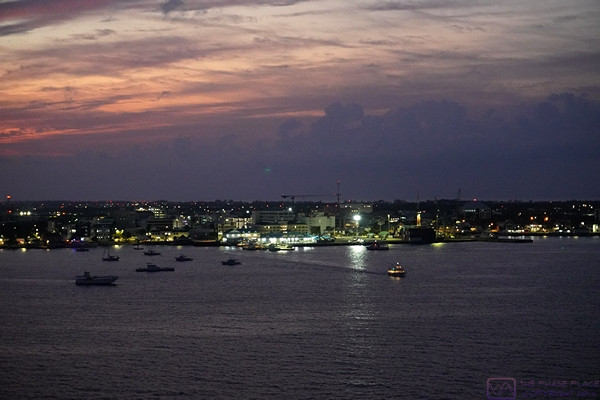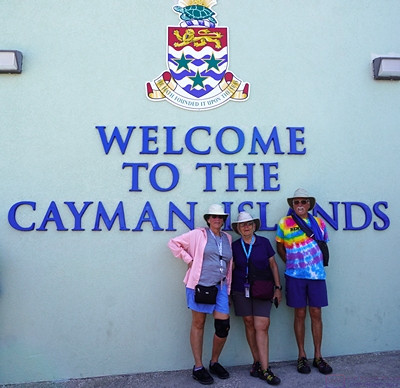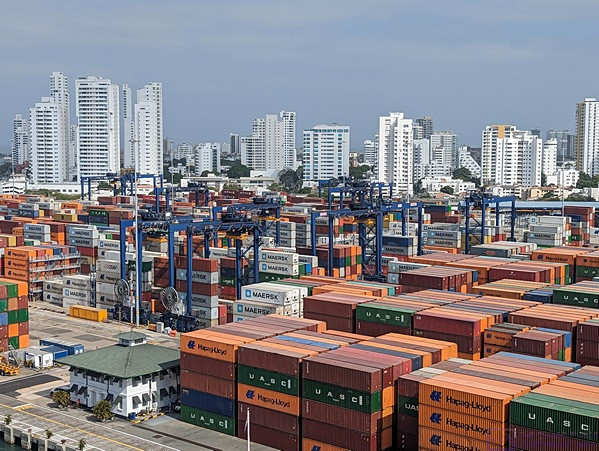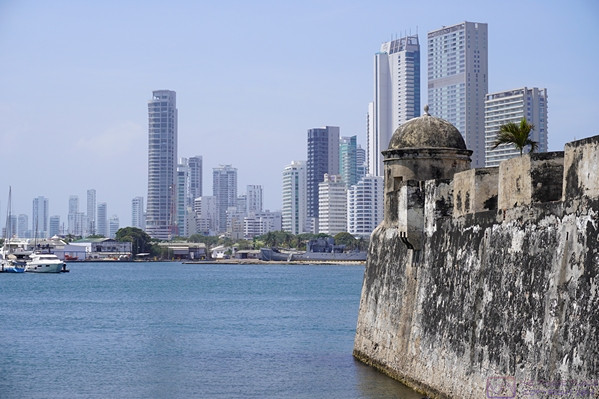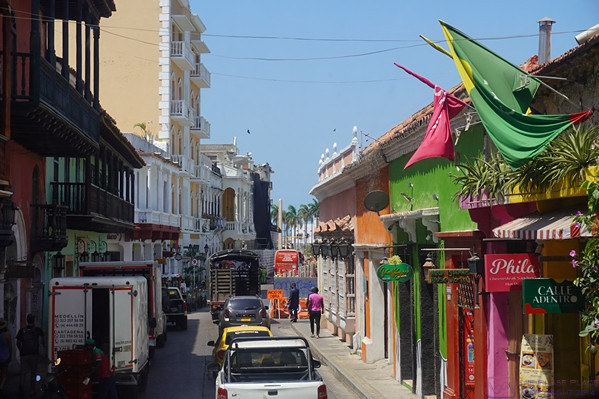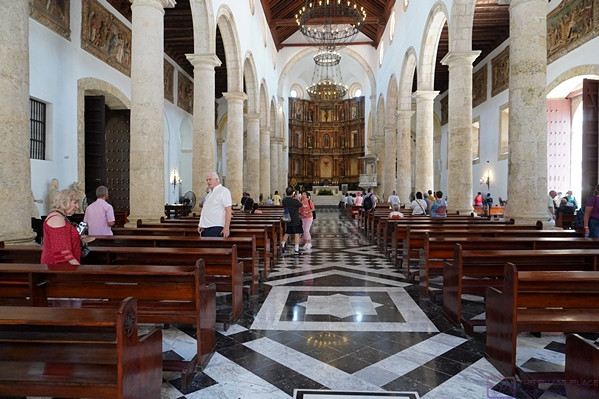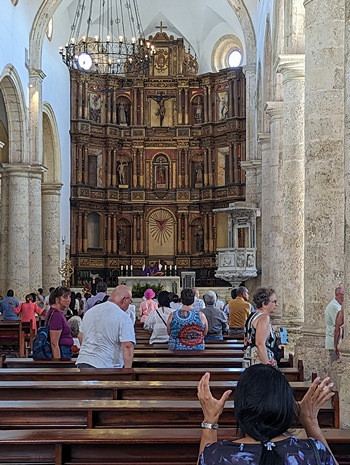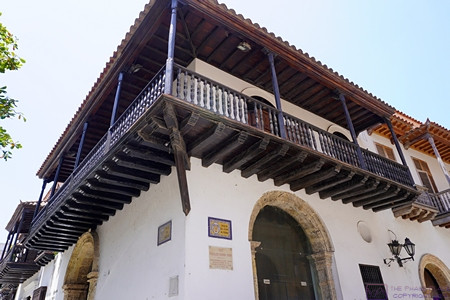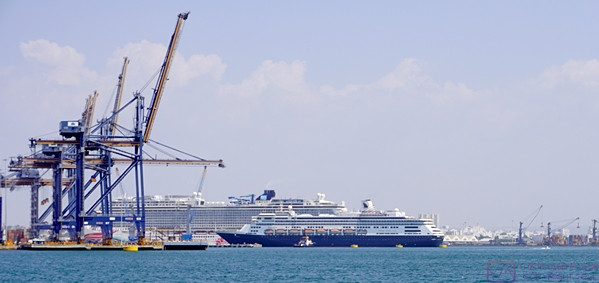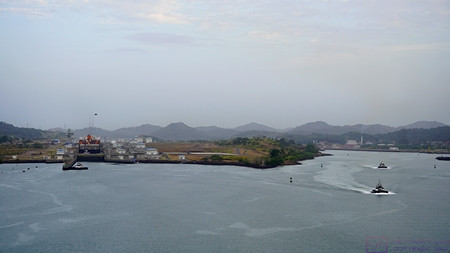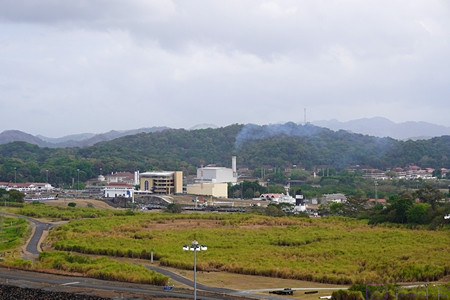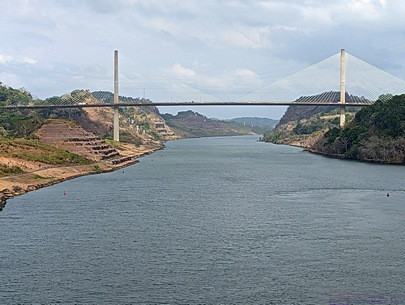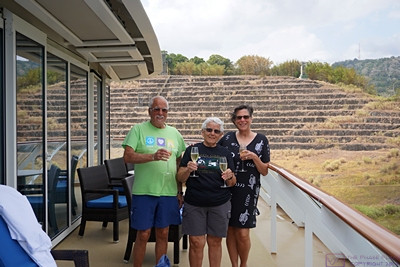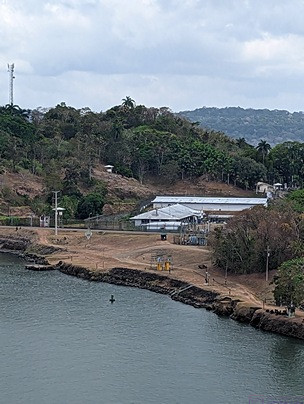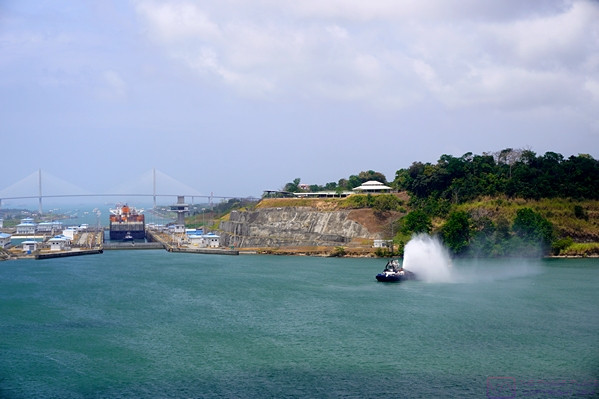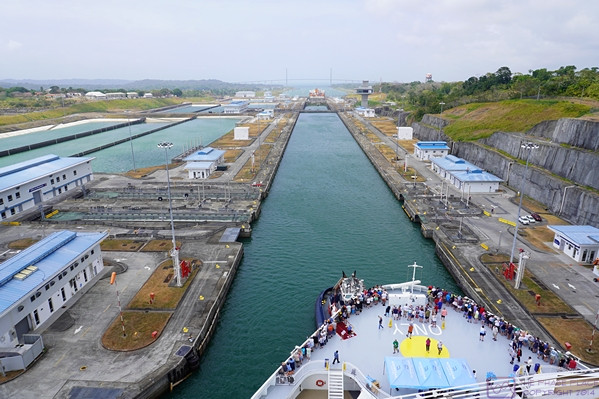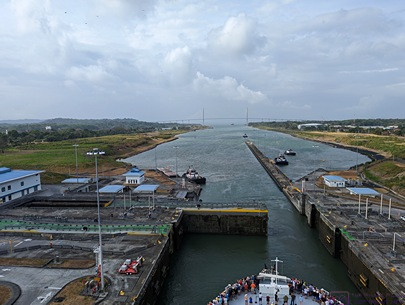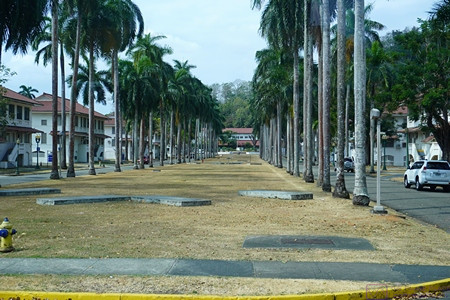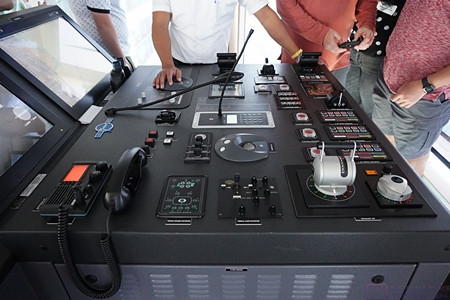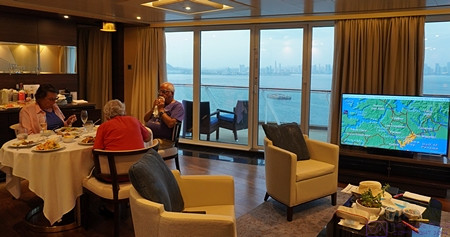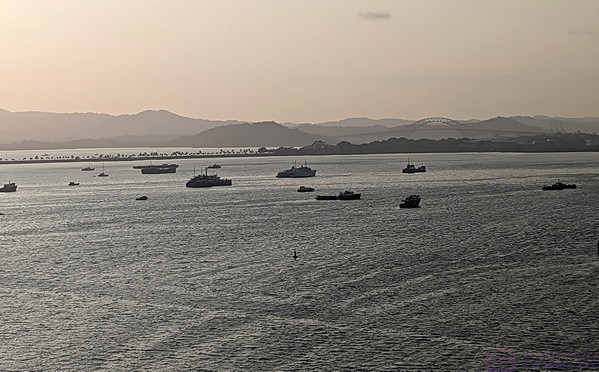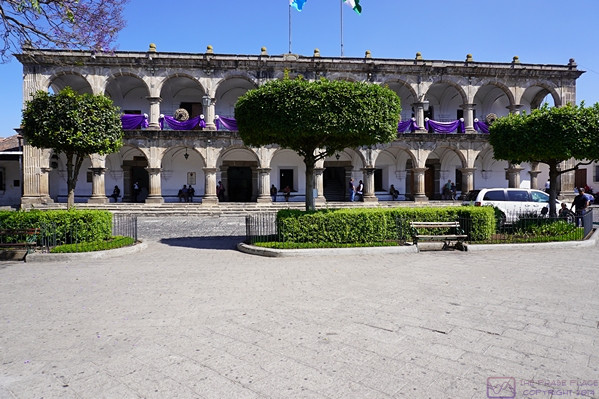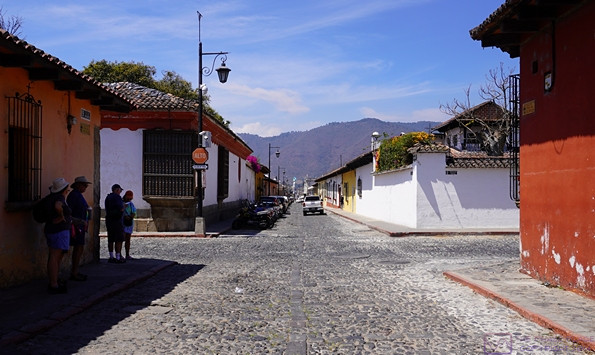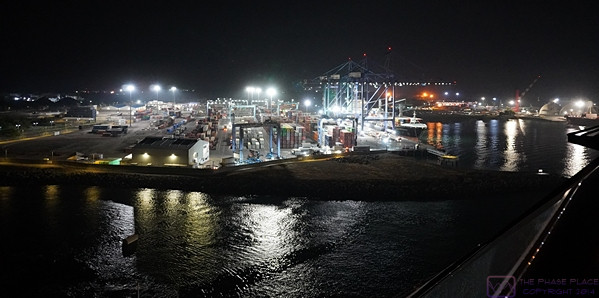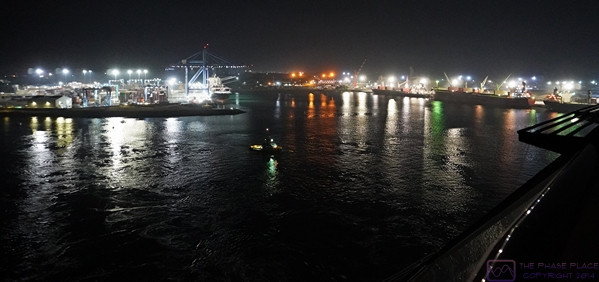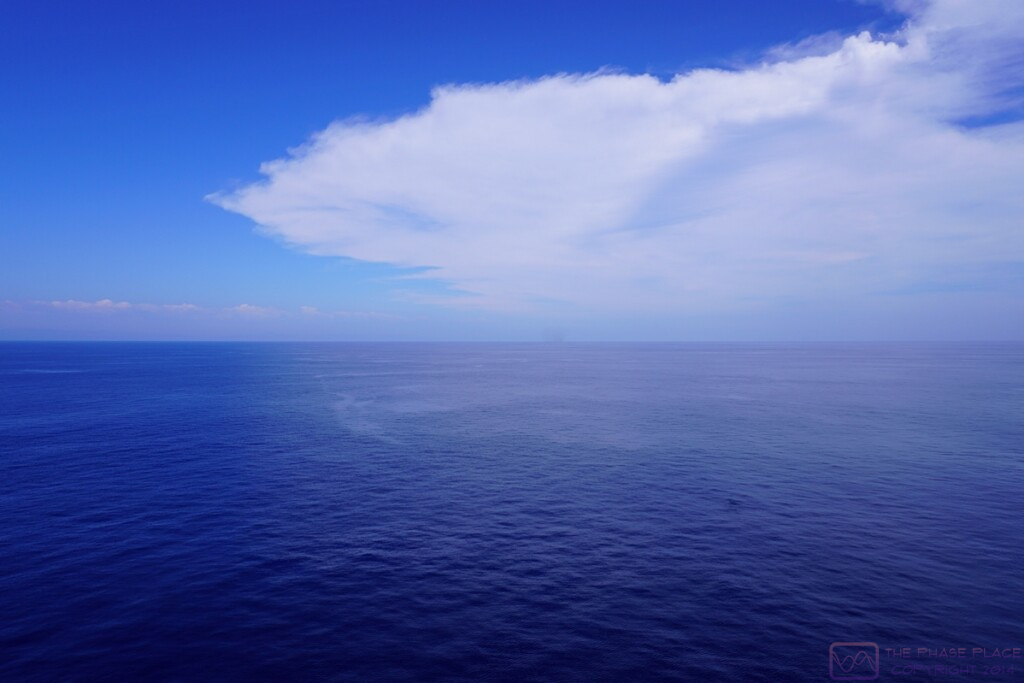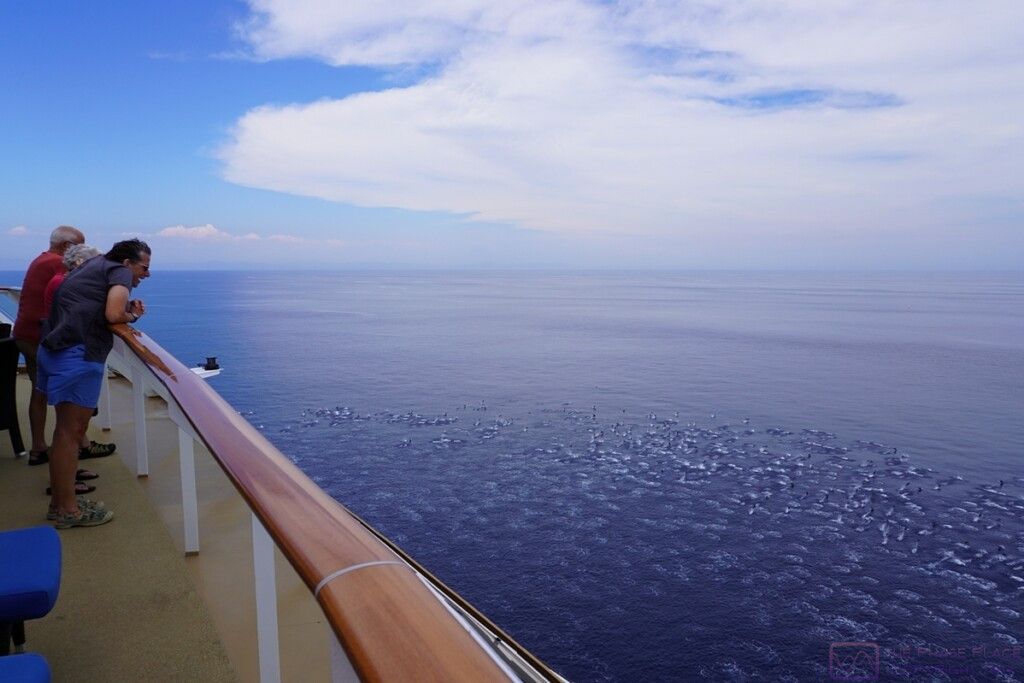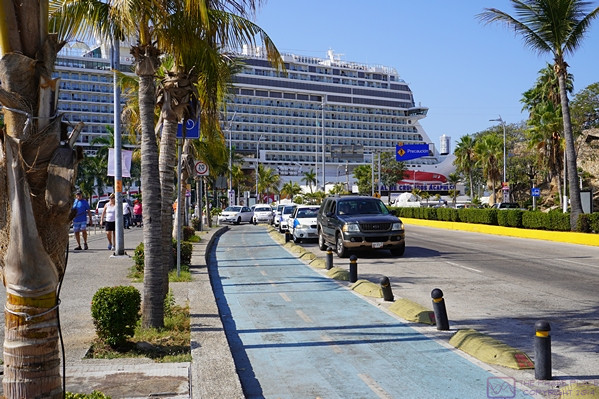NOTE: This post contains 20 photos with captions and some narrative. All photos were taken by me (Bruce) using a Google Pixel 6 Pro, except for the last one, which was taken by Linda with a Google Pixel 6.
March 2024 — Return to normal home life; tree pruning and house/home/family stuff
Upon returning from our Disney DREAM family cruise at the end of last month, we quickly settled back into the routine of normal home life. Besides the usual chores of cooking, laundry, paying bills, and tending to the cat (Cabela), this included extensive work catching up on blog posts (which included processing a LOT of photographs), making and attending appointments (medical/dental, automotive), providing child care (Ann Arbor public schools were on spring break the last full week of the month), hosting or attending get-togethers with friends (walking, dinner, phone chats, and ZOOM), doing some travel planning (for the fall and next year), and a few special projects.
Special projects included the following:
- A chat with Phil Jarrell of Precision Grading to firm up trenching and grading work he will do for us this year, including a French Drain and sump drainage in the back yard.
- Taking delivery of the new furniture that we ordered last month for our recreation/TV room.
- Purchasing comprehensive travel insurance from Allianz.
- Getting CoVID-19 booster injections.
- Successfully booking a full-hookup site at Wilderness State Park (Michigan) for a couple of weeks this September.
- Meeting with Dan from Everlast Doors & More to firm up our options for new garage doors.
- I (Bruce) also signed up for the MyUofMHealth Portal and completed a new patient intake ZOOM meeting with a social worker in advance of my early April visit with my new primary care physician in the Geriatric clinic at UofM Health in Ann Arbor.
Most of the photos that follow, however, relate to one special project on March 11 and 12. Not too long ago we contracted with Davey Tree Service (DTS) for “dormant season pruning.” This term applies to the pruning of trees that must be done between late fall and early spring; in our case, mostly Oak, Ash, and Maple trees. (Elm trees, and perhaps some other hardwood species, also require dormant season pruning, but we do not have any of those on our property.) We do have a lot of Oak trees, however, and we still have some living Ash trees.
It doesn’t hurt to prune other trees during this same period of time, so we contracted to have DTS do some fairly extensive trimming, including the large grove of diverse trees in the northwest portion of the property. This stand of trees had not been professionally pruned under our ownership of the property, and I doubt that previous owners ever hired anyone to do this work. Over the years, I have done what I could removing deadwood with a pole saw or chainsaw, but these trees are large/tall and needed more serious attention, especially higher up where I cannot reach. We did not have DTS prune most of the pine and fir trees, however, as they can be trimmed any time of year, and I can usually do that myself.
In addition to the debris from their own work, DTS cleaned up most of the brush piles that we had created around the property over the last many years. I think we had 13 of them, and they disposed of at least eight (8), but it might have been 9 or 10. That meant we did not have to cut them up, transport them to our “burn pile,” and set them ablaze. Money well spent, in our opinion.

A boom truck positioned to work on the Oak trees near of east driveway entrance. The small tracked vehicle, left-center, has claws on the front for picking up limbs, branches, and other related debris and moving it to the chipper/truck.

Looking west at the boom truck positioned in the street just beyond (west of) our center driveway entrance. Most of the large trees that are visible here are Oak trees. The crew has set out orange safety cones around the truck as well as “Workers Ahead” signs. DTS is a very safety conscious company that uses good equipment and knowledgeable, well-trained crew.

The tracked brush loader moving limbs and branches to the chipper, visible in the lower right corner of the frame.

A view of the bucket truck looking east. As mention in a previous caption, DTS is very safety conscious.

The crew leader studies the Ash tree behind our house. The central trunk above the large branches is dead. It’s unattractive and not good for the tree, so it will be removed. DTS cannot get its boom truck back here without damaging the yard, so the crew will climb the tree using climbing gear. DTS’s technicians do NOT use spikes to climb trees, something we very much appreciate.

This is the Tulip tree behind our house. (These are often called Tulip Poplars, but that is incorrect as they are not poplar trees). Again, climbing gear was used to get up into the tree. This tree had a lot of deadwood to be removed. Unfortunately, the entire southern trunk (closest to the house) is dead.

A wider view of the back of our house and the work being done on some of the trees. L-2-R: Tulip tree, Mountain Hickory, and Ash. Barely visible at the left edge of the frame is our Crimson King Norway Maple, which also got some deadwood removal and decorative pruning.

The Locust tree at the SE corner of our house. This tree tends to put out lower branches that swoop down, posing a risk to someone (like me or Keith, our lawn care guy) hitting their head when operating a riding lawn mower. DTS has very nicely trimmed it up. Not visible in this photo are the power and phone lines that are just out of the frame at the top and relatively close to the tree. Dave is not allowed to work on any limbs or branches within a certain distance (10’ I think) of the power lines. Again, it’s a safety thing, and might be a power company requirement.

Our small stand of Black Walnut trees in the yard ENE of the NE corner of the house. Barely visible just below the center of the frame is a pile of logs, the remnants of a Pear tree that was long dead. We try not to remove dead trees that show signs of use by woodpeckers, squirrels or other critters looking for food or shelter, but at some point they have to come down.

The nicely pruned Crimson King Norway Maple. This is a beautiful tree when it’s leafed out, but they grow prolifically, and in a somewhat tangled way. As such, they require a lot of maintenance to keep them under control and attractive. They are also not native to this part of Michigan, and are considered somewhat invasive. I do as much of that as I can with this tree, but it was nice to have the DTS professionals have a go at it.
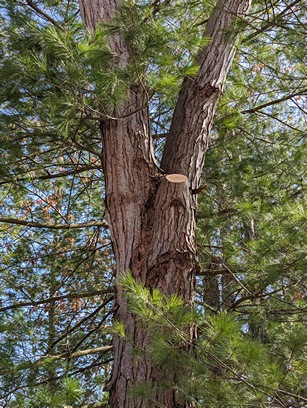
I just liked the composition and exposure of this photo. It’s hard to provide a context for it, but basically this tree had a long, large limb that was rubbing on the trunk of a nearby pine tree and damaging the pine tree. Removing the limb ensured the health of the affected pine tree, and opened up the area where the limb had been to allow light to get to other adjacent trees.

A portion of the stand of trees in the northwest part of our property. The crew leader and the newest hire are discussing how to approach pruning the tree closest to them.
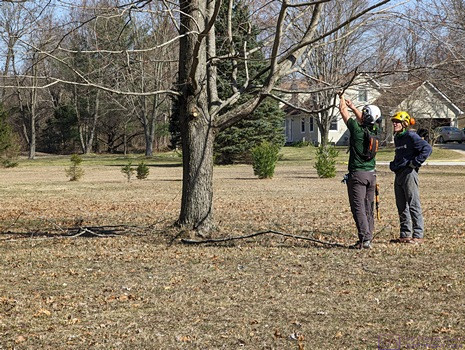
The crew leader (L) explaining to the new guy (R) how to prune this tree. I walked over and ended up getting a lesson in how to properly prune a limb or large branch. Basically, an enlarged area called a “collar” forms around the base of the limb and, ideally, the limb needs to be cut cleanly right at the collar without cutting into the collar, and without leaving any of the limb protruding. ABIR, the tree produces four (4) different types of growth to heal the wound left by the removal of the limb, and pruning it in this way maximizes the tree’s ability to do that. Even with hiring DTS, I still end doing a lot of pruning every year, so I was grateful to have this in-person lesson.
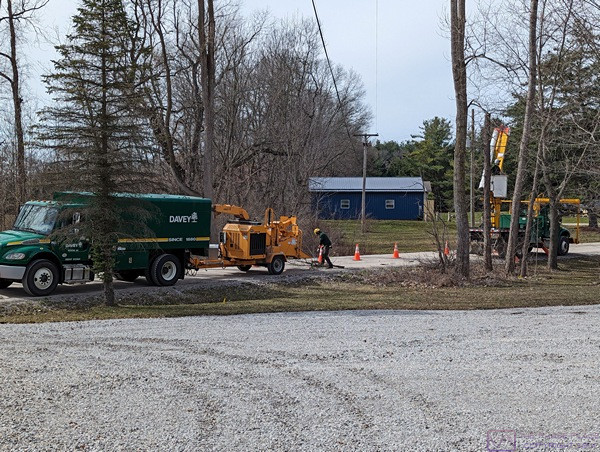
The boom-truck and the chipper/truck combination have moved just beyond the third/west driveway entrance (by the barn) to work on the trees on the north side of the road. The trees on the left side of the road (and the grassy area leading up to our neighbor’s pole barn) are also part of our property. This portion of the property also includes a stand of large Oak trees, but it was not part of the work order for this job. Next year, probably, maybe, hopefully.

Another view of the trees in the northwest portion of the property, to the W and NW of the barn, showing the telltale signs of having been pruned.

A wider view of some of the trees in the northwest portion of the property. Showing this entire area required a panorama, which I could not take as the DTS crew was moving around as they worked.

The new furniture for our recreation/TV room. L-2-R: Metal end table with metal lamp, 3-cushion sofa with two power loungers (one each end), metal end table with metal lamp, 2-cushion love seat with two power loungers, metal coffee table. We purchased custom cut protective translucent matts from Linovent for the top surface of each of the three tables. The matts feature beveled edges and appear to be a high-quality product.

A panoramic view of the new furniture in the recreation/TV room showing its relationship to the repositioned television set and associated equipment. As a result of this rearrangement, both of us now have the same viewing angle and distance from the TV, with no glare from the lighting, and much more comfortable/adjustable furniture to sit on. We really liked our old furniture, but it was over 30 years old, and we were ready for a change. The old furniture was still serviceable, and will be donated to the local Habitat For Humanity ReStore, if they will take it, or somewhere else if they won’t.
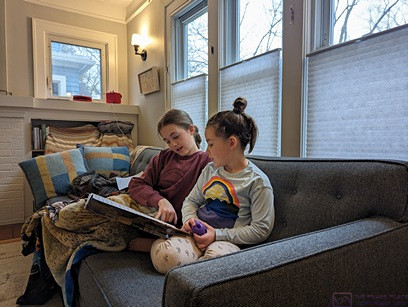
Linda provided childcare for a week at the end of the month while the Ann Arbor Public Schools were on spring break. She snapped this photo of Madeline (L) reading a book about dinosaurs to Sadie (R) at their house. (Photo by Linda)
…





